Terror in the heart of America
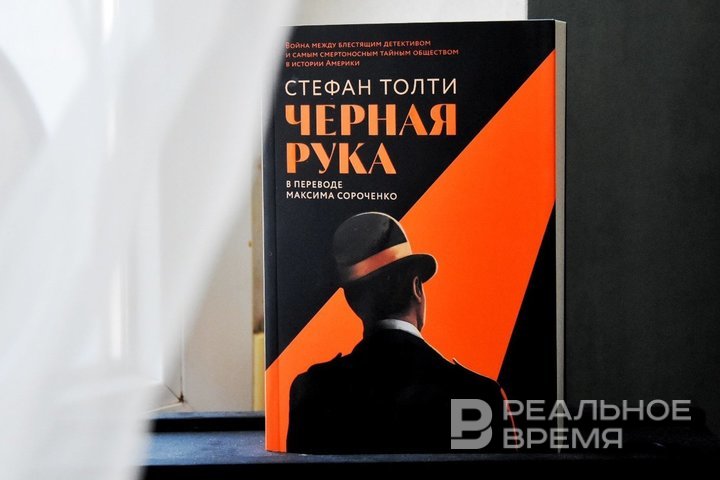
At the beginning of the 20th century, American cities were swept by a wave of crimes associated with the mysterious organization named Black Hand. Threatening letters, kidnappings and murders became part of everyday life, especially in Italian neighbourhoods. Who was behind this? How did society react to the new threat? And what role did the brave detective Joseph Petrosino play in the fight against this evil? This is what Stefan Tolti's non-fiction book Black Handis about.
Shadow over America
It all started with a short threatening letter, sometimes with a hint of evil irony that if you don't pay, the “black hand” awaits you. The badge with the imprint of a black palm was like a seal of death. Then there could be arson, an explosion, the disappearance of a child. In the end, those who did not agree were awaiting death. After all, Black Hand was not a single manifestation of the criminal world. It was an entire terrorist syndicate that kept cities in fear. They appeared in the United States from Italy, where hundreds of thousands of refugees arrived from. Organized crime came with immigration, and Black Hand was its first visible face.
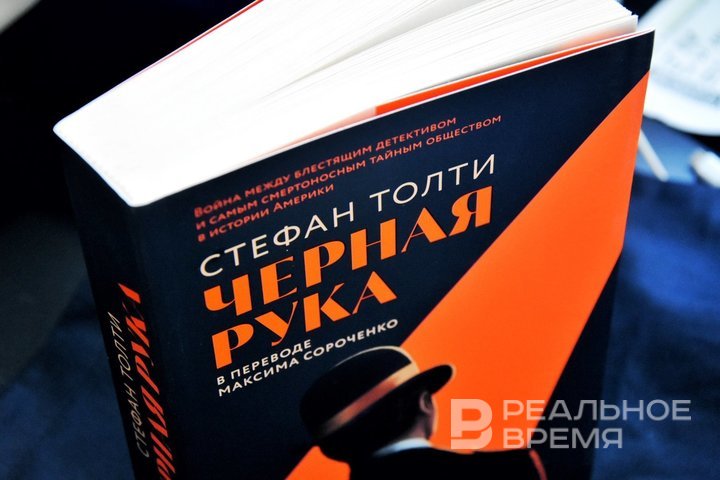
The history of the Black Hand begins in the 18th century in Italy. There, this was the name for extortion practiced by criminal gangs. With the wave of Italian emigration at the end of the 19th century, the Black Hand took root especially in cities with large Italian communities: New York, Chicago, New Orleans. Criminals sent letters demanding money under threat of violence or death. And the imprint of the black hand terrified the recipients.
Unlike the later mafia, the Black Hand was not a centralized organization with a clear hierarchy. Rather, it was a terror tactic used by various criminal elements to intimidate and extort. Child kidnappings, store burnings, and murders became common, especially in Italian neighbourhoods. Newspapers of the time whipped up panic, portraying the Black Hand as an all-pervasive threat, which contributed to negative stereotypes about Italian immigrants.
But there was a man who decided to challenge the Black Hand. His name was Joseph Petrosino, the first Italian detective in New York City history. He was born in Italy and immigrated to the United States as a child. Petrosino understood criminals better than anyone, knew their language, mannerisms, and habits. He headed a special Italian Squad — an elite unit of Italian-American detectives. The purpose of this unit was to combat crimes associated with Italian gangs.
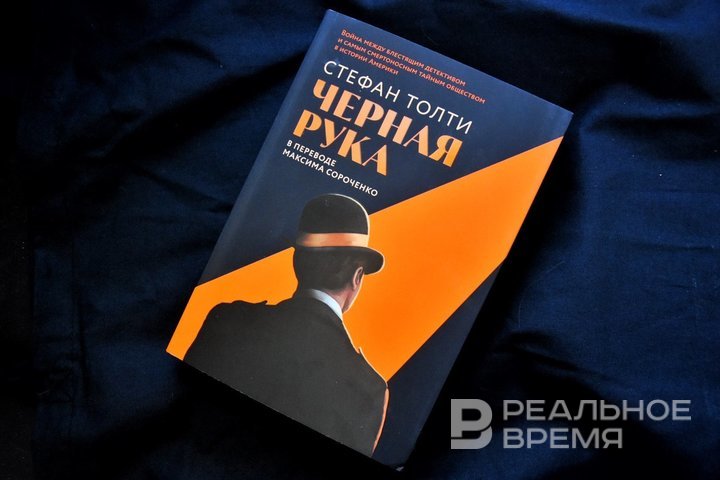
Joseph Petrosino developed innovative methods of work: the introduction of undercover agents, surveillance, handwriting analysis in threatening letters. But his methods were often harsh: searches, interrogations, deportations, sending undercover agents. Petrosino personally supervised the arrests of dozens of members of the Black Hand.
Confrontation
One of Petrosino's most high-profile cases was the investigation of threats against the famous tenor Enrico Caruso. In 1903, Caruso performed at the Metropolitan Opera, at the same time he received a letter demanding a large sum of money under threat of death. Petrosino convinced the singer to cooperate with the police, which led to the arrest of the extortionists and demonstrated the effectiveness of the detective's methods.
Another significant episode is associated with the prevention of an assassination attempt on the 25th President of the United States, William McKinley. Petrosino, having infiltrated an Italian anarchist group, learned of the planned assassination and passed the information on to the Secret Service. Unfortunately, the warning was ignored, and McKinley was fatally wounded on 6 September 1901.
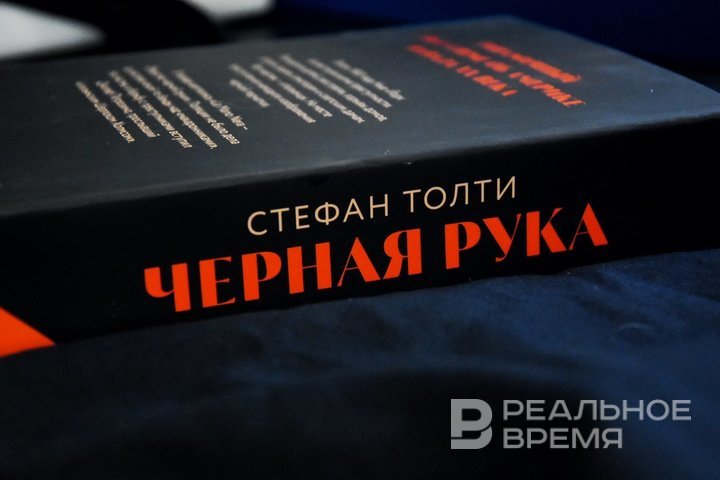
In 1909, Petrosino went to Sicily on a secret mission: to collect evidence for the deportation of Italian criminals from the United States. However, information about his trip became known to a journalist, who wrote about it. As a result, on 12 March 1909, Joseph Petrosino was shot dead in Piazza Marina in Palermo. His death was the first case of a police officer being killed by the Mafia in Italy and shocked both American and Italian society.
More than 200,000 people attended Petrosino's funeral in New York. The authorities declared a day of mourning in the city. Parks were named after the slain detective, awards were established, and his life became the basis for books and films. Petrosino's methods formed the basis for modern approaches to combating organized crime, and his courage and dedication continue to inspire generations of law enforcement officers.
The Image of the Mafia
After Petrosino's death, the wave of terror did not subside, but American authorities began to act more decisively. Soon a new, more organized crime emerged — the one that would become known to the world in the 1920s as the Italian Mafia. The Black Hand dissolved, but left behind a vivid myth. It was these stories — threats, kidnappings, codes of silence — formed the basis of the image of the mafia in popular culture. In reality, the Black Hand was not a centralized structure, but in books and films it turned into a powerful criminal empire.
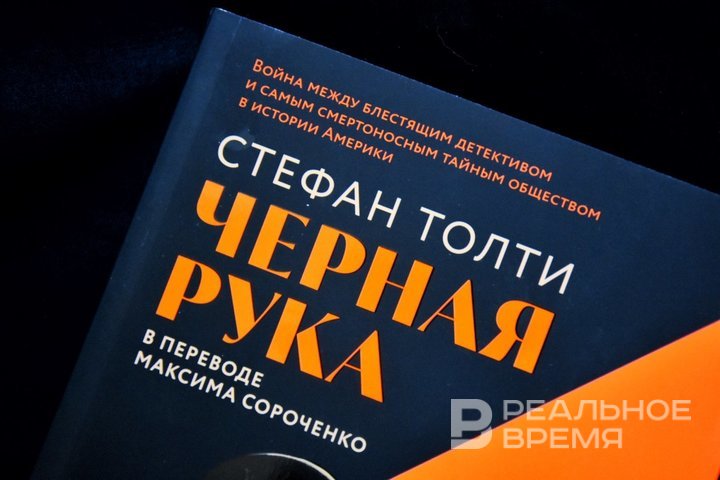
Stefan Tolti's book The Black Handdoes not just tell about criminals. It is an immersion into the paranoia that engulfed America. The author shows how fear of Italian gangs led to a tightening of immigration policy and an increase in xenophobia. Tolti reconstructs the events and describes all the important details: from the first threats to bloody showdowns. He analyzes how newspapers fuelled panic, how politicians used the threat of the “Black Hand” for their own purposes. And the story of Petrosino turns into a symbol of the fight against chaos, which was dispersed by politicians and the media.
Stefan Tolti's The Black Hand is a treasure trove. This is not just a crime chronicle, but a deep analysis of how society's fears shape its future. This is a look into the past that helps to understand the present.
Publisher: Stroki
Translation: Maxim Sorochenko
Number of pages: 480
Year: 2024
Age restriction: 16+
Ekaterina Petrova is a book reviewer of Realnoe Vremya online newspaper, the author of Poppy Seed Muffins Telegram channel and founder of the first online subscription book club Makulatura.